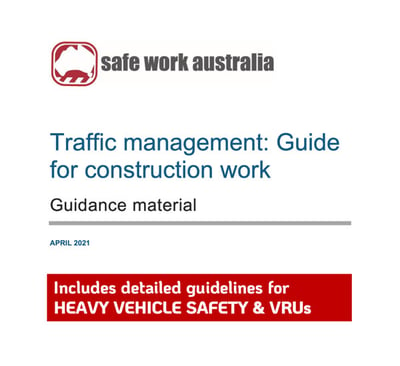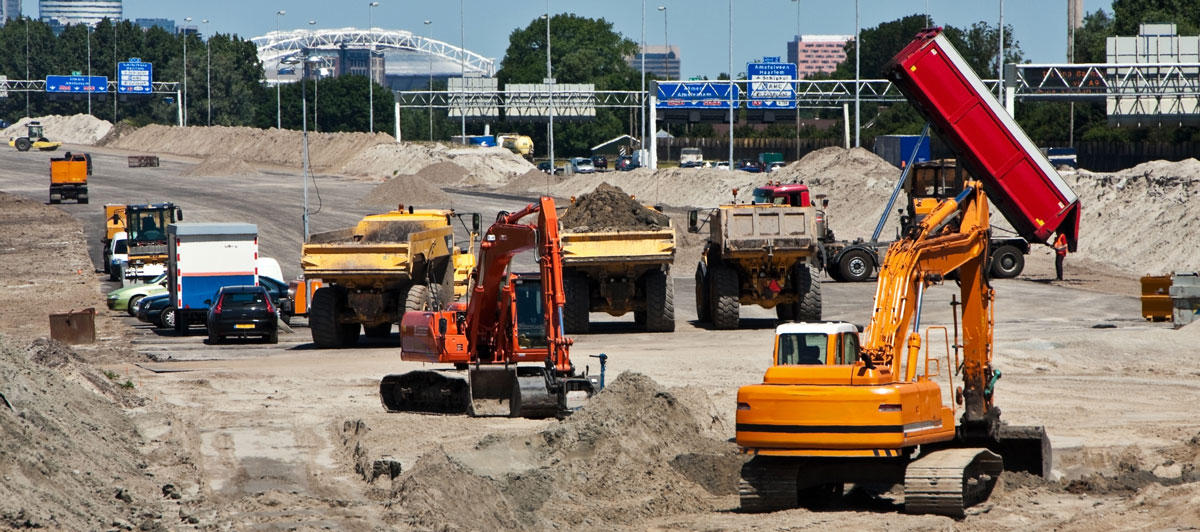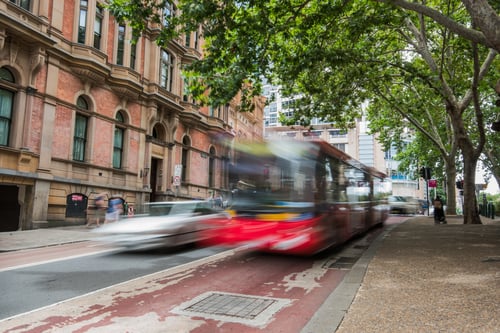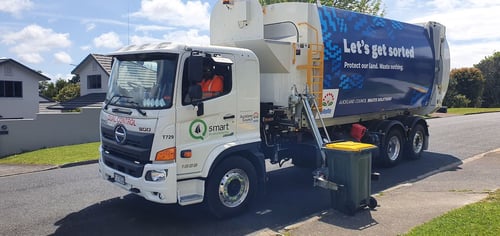Last year SafeWork Australia released a new guide for the construction industry to reduce the risk of traffic accidents and fatalities caused by construction developments, which has been on the rise due to ongoing construction in our cities.
As they have done in other industries, SGESCO-MAX’s range of MAX-SAFE Safety solutions can provide many of the solutions construction companies need to deliver best practice around heavy vehicles and safety management.
 Traffic Management: Guide for Construction Work focuses on managing traffic involved in construction and defines traffic as cars, trucks and powered mobile plant like forklifts, and pedestrians like workers and visitors. It notes:
Traffic Management: Guide for Construction Work focuses on managing traffic involved in construction and defines traffic as cars, trucks and powered mobile plant like forklifts, and pedestrians like workers and visitors. It notes:
Vehicles, including powered mobile plant, moving in and around a workplace, reversing, loading and unloading, are often linked with death and injuries to workers and members of the public.
One of the biggest concerns with Australia ongoing construction boom – like that of the United Kingdom’s over the past two decades – is the movement of construction vehicles around cities and the resulting death and injury of vulnerable road users, said Managing Director of SGESCO-MAX, Scott McPherson.
In the UK, this led to the development of The CLOCS (Construction and Logistics Community Safety) Standard by the construction and fleet sectors to address shared issues (and responsibilities). The Standard promotes good practice beyond basic legal compliance. It is world best practice, with appropriate focus: Ensuring the safest construction vehicle journeys.
In Australia, the CLOCS-A Standard was introduced in 2020. It aims to provide government and industry with a practical framework for the management of risks and impacts to community road safety associated with a construction project’s road transport and logistics activities.
“It is fitting that SafeWork Australia has introduced their Guide,” said Scott, “however it does not go far enough in promoting guidelines for construction vehicles on city roads.
“Still, there is much in the guide that highlights the need for improved heavy vehicle safety solutions to avoid collisions with ‘traffic’,” he said.
Below are some key recommendations from the Heavy Vehicle Guide for Construction Work and the corresponding SGESCO-MAX Solutions:
Click on each heading for further details.
2.3. Reversing vehicles
Where one-way road systems and turning circles are not possible other control measures should be considered, including:
- using mirrors, reversing warning alarms, sensors and cameras
MAX-SAFE Solution: MAX-SAFE Reverse Watch – a sophisticated reversing sensor system add-on that works with and engages the MAX-SAFE active braking system and audible alarm to prevent unsafe situations.
2.4. Signs, warning devices and visibility
Bad weather, shadows from plant and blind spots can reduce visibility. The following control measures should be considered to manage risks:
- installing mirrors, reversing cameras, sensors and alarms to help drivers see or be aware of movement around the vehicle
- installing visual warning devices like flashing lights and high-visibility markings for powered mobile plant
MAX-SAFE Solutions: MAX-SAFE Reverse Watch, MAX-SAFE 360° View, MAX-SAFE Side Watch, MAX-SAFE Front Watch, MAX-SAFE Corner Watch and MAX-SAFE Audible Alarm.
These make up our blind spot monitoring solutions that deliver an ecosystem of passive and active protection technologies – including radar (short and long range) and ultra-sonic overlay sensors – to ensure drivers are aware of their blind spots, and better able to keep people (and property) safe.
2.5. Speed management
Temporary speed zones may be implemented where the consequence of speed through a work zone is not apparent to drivers and operators of plant and, therefore, they are unlikely to reduce speed to a safer level.
To be effective, work zone speed limits should:
- be used in conjunction with other signs or devices required by the site conditions, and
MAX-SAFE Solutions: MAX-SAFE Speed Limiting and MAX-SAFE Location Speed Limiting ensure construction vehicles operate to a set speed in a specific location, e.g construction site, and in certain geographic areas, e.g. roads around construction sites.
2.6. Traffic management plans
A traffic management plan documents and helps explain how risks will be managed at the construction workplace. This may include details of
- travel paths on routes remote from the workplace including places to turn around, dump material, access ramps and side roads
- on a public road, detail of the layout of signs and devices including temporary speed zones and the location, spacing, length and location of tapers. Consider pedestrian and cyclist routes to ensure the protection of the public.
MAX-SAFE Solutions: All of the above. When looking at reported accidents that involved construction vehicles in urban settings like this incident, they have largely involved blind spots and vulnerable road users. A traffic management plan needs to factor in where the blind spots are on a vehicle and where the highest risk are, e.g. at a pedestrian crossing, moving lanes or turning corners, and how to ensure a driver is not operating blind.
SGESCO-MAX suite of solutions is designed to enable drivers to operate more safely and protect vulnerable road users.
If you are a construction company that wants to ensure you are doing you all you can to protect site workers and vulnerable road users, please get in touch for a no-obligation chat.





